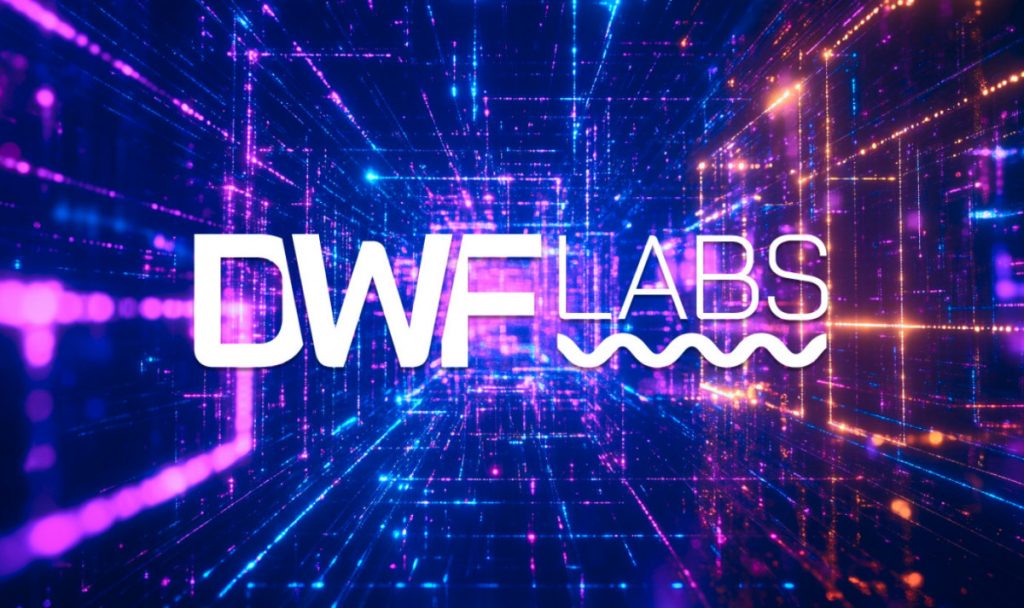DWF Labs: Among MOVE Chains, Sui Boasts Fastest Average TTF


In Brief
DWF Labs has compared Aptos, Sui Network, and Movement Labs in its latest analysis, emphasizing the growing popularity of MOVE Chains.

Web3 investor and market maker DWF Labs has released an analysis emphasizing the growing popularity of MOVE Chains.
The Move programming language is an open-source tool designed for Web3 developers to create blockchain applications. It is relatively new and features an executable bytecode language specifically for smart contracts and custom transactions.
According to the analysis, the Proof-of-Stake (PoS) smart contract network Aptos and the Layer 1 blockchain Sui Network are quickly gaining attention, while the network of modular blockchains, Movement Labs, is experiencing substantial growth on its testnet. All three projects utilize Move.
Despite their similarities, Aptos, Movement, and Sui differ in their architecture. Both Aptos and Movement are linear blockchains, meaning that blocks are added sequentially, and state changes occur step-by-step with batched transactions.
In contrast, Sui employs a Directed Acyclic Graph (DAG) structure, which consists of interconnected nodes allowing transactions to achieve consensus independently, thereby ensuring high throughput.
Furthermore, all three blockchains implement a form of Byzantine Fault Tolerance (BFT) protocol. AptosBFT enhances efficiency by having nodes communicate exclusively with designated leaders, who are rotated through a voting process. Conversely, Sui’s Mysticeti enables single validators to sign off on blocks and appoint multiple leaders, resulting in a higher number of transactions being committed per block. Movement utilizes Avalanche’s Snowman consensus mechanism, which requires a majority agreement from a sample subset of validators and introduces delays in the event of conflicting decisions.
These mechanisms impact the Time To Finality (TTF) of each blockchain, with Sui boasting the fastest average TTF at approximately 0.5 seconds, as noted by DWF Labs.
Aptos, Movement, And Sui Utilize Parallel Execution For Simultaneous Transaction Processing
All of these blockchains employ parallel execution, allowing non-conflicting transactions to be processed simultaneously. Both Aptos and Movement utilize Block-STM optimistic parallelization, which operates under the assumption that all transactions can be executed in parallel and will re-execute in case any transactions are found to be incorrect.
Sui, on the other hand, uses a state access method that organizes transactions based on their associated objects, ensuring that transactions can be executed without conflict once validators verify the certificate. This enables Sui to process transactions more efficiently without the need for re-execution, which helps reduce the load on hardware and improves transaction throughput.
In terms of ecosystem development, Aptos has the most projects due to its longer presence in the market compared to Sui and Movement. Notably, all three blockchains have made considerable efforts to establish builder houses and grant programs, which could contribute to substantial growth in the coming months.
Summing it up, DWF Labs has expressed confidence in the Move ecosystem’s potential for fast growth, anticipating further developments in the near future.
Disclaimer
In line with the Trust Project guidelines, please note that the information provided on this page is not intended to be and should not be interpreted as legal, tax, investment, financial, or any other form of advice. It is important to only invest what you can afford to lose and to seek independent financial advice if you have any doubts. For further information, we suggest referring to the terms and conditions as well as the help and support pages provided by the issuer or advertiser. MetaversePost is committed to accurate, unbiased reporting, but market conditions are subject to change without notice.
About The Author
Alisa, a dedicated journalist at the MPost, specializes in cryptocurrency, zero-knowledge proofs, investments, and the expansive realm of Web3. With a keen eye for emerging trends and technologies, she delivers comprehensive coverage to inform and engage readers in the ever-evolving landscape of digital finance.
More articles

Alisa, a dedicated journalist at the MPost, specializes in cryptocurrency, zero-knowledge proofs, investments, and the expansive realm of Web3. With a keen eye for emerging trends and technologies, she delivers comprehensive coverage to inform and engage readers in the ever-evolving landscape of digital finance.


















































